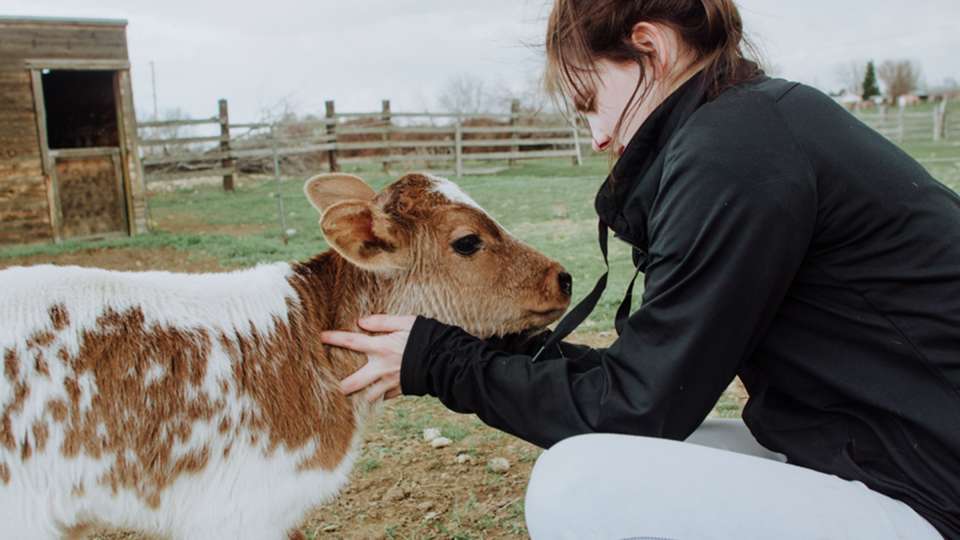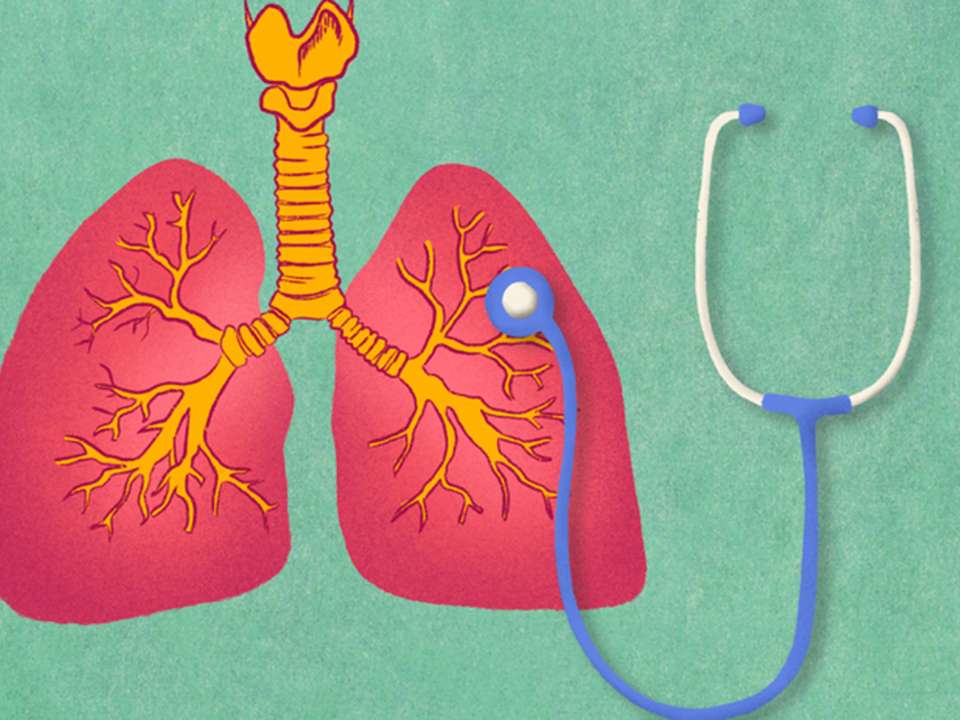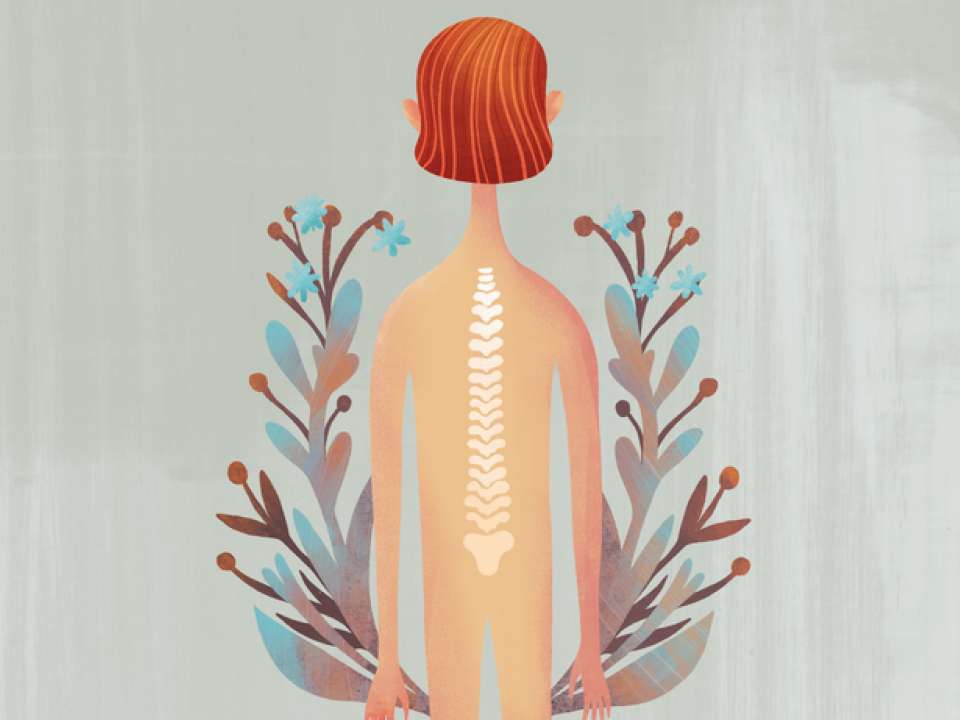What Chronic Wasting Disease and Mad Cow Disease Can Teach Us About Humans

It’s like something out of a science fiction movie: A disease that can lay dormant in its host for years, then suddenly cause devastating and irreversible symptoms like dramatic weight loss, lack of coordination and listlessness.
The disease is known as chronic wasting disease—or sometimes “zombie disease”—and it’s very real. It exists in deer, elk and moose populations throughout the United States, and has been buzzy on the internet lately because there have been confirmed cases in deer in some states.
You aren’t alone if you hear about zombie deer and imagine a "Walking Dead"-like scenario where people are next. Thankfully, so far there haven’t been any cases in humans—but the idea that the disease could jump from Bambi to us isn’t unfounded.
“We have enough evidence to have concern that there is some potential risk,” says Peter Rabinowitz, M.D., M.P.H., director of the Center for One Health Research at the University of Washington and an associate professor of family medicine at the UW School of Medicine.
While catching a zombie disease from deer may not be in our immediate future, humans can—and do—catch many illnesses from other members of the animal kingdom.
The problem with prions
Chronic wasting disease is one of several conditions known as prion diseases. All are neurological in nature and some can affect humans. All prion diseases are fatal in both humans and animals, and there are no treatments and no cures.
The most well-known prion disease in humans is variant Creutzfeldt-Jakob disease. This rare neurodegenerative disorder has been linked to exposure to cow meat contaminated during the outbreak of bovine spongiform encephalopathy, a.k.a. mad cow disease, in the United Kingdom in the 1990s. That outbreak was in turn related to another animal prion disease called scrapie, which affects sheep and goats.
But how, exactly, do prion diseases jump species? Prions are proteins and, like all proteins, start off as strings of amino acids. Whereas normal proteins fold into predictable patterns, which is critical to their functioning properly, prions fold abnormally. An abnormally-folded protein can set off a chain reaction to other nearby proteins, encouraging them to fold incorrectly as well.
Some prion diseases occur spontaneously, but many are spread from one being to another. Prions are unlike any other infectious agent (such as viruses or bacteria), which makes them puzzling to researchers. Prions can also persist in the environment where infected animals are, contaminating water and soil.
It is comforting that prion diseases, including transmissible ones, are rare in humans. However, research has shown that non-human primates can be infected by the prion that causes chronic wasting disease, either from an injection of prions or being exposed to contaminated meat. That is enough cause for researchers to consistently monitor prion diseases in animal populations and continue studying the abnormal proteins to hopefully learn their secrets.
“We don’t want to wait for human cases,” Rabinowitz says.
The human-animal connection
Prion diseases are attention-grabbing because of their odd nature and devastating outcome for those infected. Yet, they are far from the only condition researchers are worried could jump from animals to humans.
In fact, looking to the animal kingdom is a good place to start when attempting to identify what the next major infectious disease outbreak will be, Rabinowitz says. He estimates about two-thirds of emerging infections are zoonotic in origin. These include the recent Zika, Ebola and H1N1 flu outbreaks. Likewise for many other outbreaks throughout history, including the 1918 flu pandemic.
In Washington state, common zoonotic diseases include salmonella, which people can catch from chickens and exotic pets like turtles; and ringworm, which is transmissible from pet cats and dogs.
But animals don’t just infect us with diseases. They often get sick as well and can help clue healthcare providers in on potential threats to humans. Since animals will often get infected with a pathogen before humans do, they often act as heralds of what could be headed our way, Rabinowitz says.
He says the state health department is currently monitoring a fungal disease called coccidioidomycosis that can be acquired by breathing infected dust. There have been a few cases in Washington, and health experts are trying to learn about geographic hotspots for the disease by looking for cases in pet dogs, who can also be infected by the fungus.
“Dogs are outdoors more than people, so they may get this before people do. Paying more attention to the health of dogs in certain areas alerts us to the possibility of human exposure,” Rabinowitz says.
This also applies to other environmental health hazards, not just infections. If there is lead or mercury in the environment, pets often show signs of poisoning before people in the house.
“We have to realize that being in contact with animals has risks, but there are also many benefits,” Rabinowitz says. “Animals play such an important part in our lives and our health, and constantly are trying to tell us something about the health of the environments we share.”

 Healthy ideas for your inbox
Healthy ideas for your inbox





